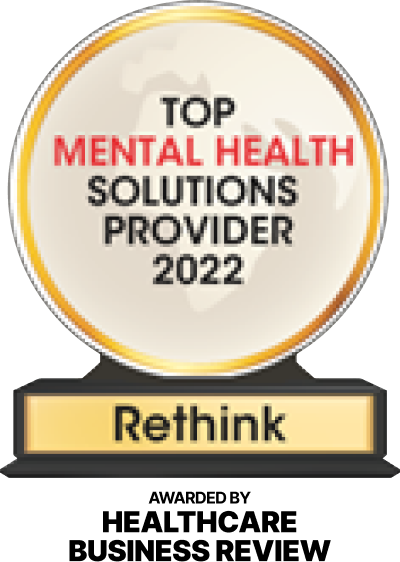The workplace is ripe for worrying. Faced with a combination of deadlines, meetings, and performance evaluations, many of us find ourselves distracted by unpleasant visions of the future.
Maybe we imagine that we’ll be criticized for not completing a project to our boss’s standards. Or maybe we worry that we’ll be laid off. In the process, we end up generating negative emotions from experiences that haven’t even happened yet. We create stress out of thin air.
Understanding how imagination works in the brain, and how it can influence our feelings, can point to a different way forward. With a little help, we can leverage our active imagination to experience good feelings about work.
Imagination and Emotions
Did you know that your brain has a difficult time differentiating between things that happen in your imagination and things that happen in real life?
It turns out that when we imagine things, the brain attempts to simulate the responses that would occur if these situations actually happened. This is the same neural process that enables us to be empathic, put ourselves in someone else’s shoes, and understand their mental states. But we also use this process to better understand ourselves.
In our minds, we can play out future scenarios to predict how we would personally think, feel, and respond to them. And by doing so, we experience thoughts and emotions similar to those that would occur if the situations were actually happening to us right now.
Luckily, you can turn this process around to undo stress—by imagining all the positive things that may happen in your future. In one study, participants used this technique for 14 days in a row, imagining four positive things that could actually happen to them the day after, such as eating a tasty meal or getting hired for a job. At the end of the study, this group showed an increase in happiness, while groups who imagined negative or routine future events did not.
When you imagine your boss finally praising you for something you did well or you visualize getting that promotion that you’ve been hoping for, you are essentially telling your brain to respond as if those things were happening. Suddenly, you create positive emotions out of thin air.
3 Ways to Use Imagination at Work
Now that you know how it works, you can practice using imagination to boost your mood and improve your workday. Here are three specific ways to apply this technique that could help you generate positive emotions at work.
1. Start your day by imagining the best possible day. In the morning while you’re brushing your teeth or taking a shower, spend a few minutes imagining the best possible day you could have. What would happen? Who would you interact with? How would you feel?
For example, I might imagine that my morning is really productive and I complete this article in record time—I’d feel a sense of accomplishment. Then, I imagine my meeting with a potential new client and we hit it off immediately—I feel joyous and delighted. The day ends with me tying up some loose ends so that I can fully disconnect from work—I then enjoy my evening. As you are imagining, really try to generate the emotions that would occur inside you if your day went exactly as you desire.
2. Pause for an imagination break before new situations. Before a meeting with your boss or a presentation to your coworkers, take a moment to visualize what would happen if everything went awesomely. Would you have an inspiring conversation? Would everyone love your ideas? Clarify for yourself exactly how it would go and imagine how it would feel.
Again, conjure those emotions and let yourself feel them. At the very least, you’ll enter the situation in a good mood.
3. End your day by thinking of a better tomorrow. Before you go to bed, imagine what tomorrow could be like—not what you think it will be like, but what it could be at its best. Don’t limit yourself to thinking of things that could actually happen. Get creative by imagining that tomorrow you can fly or your workplace is suddenly overrun with adorable puppies.
Don’t worry about feeling silly. Just go with it. Besides putting a smile on your face, this exercise could also help you practice your imagination skills, so it gets easier to dream about the future in general.
Of course, imagining something won’t necessarily make it true. If your boss is never happy with your work, for example, that’s obviously a real problem in need of a real solution. Also, you may not always be in the mood for positive imagination. In those moments, practicing mindfulness or identifying personal strengths that you could leverage at work are good alternatives.
Imagination is one of the human mind’s exceptional capacities. With some practice, it can become a simple way to bring more positivity to your work life—another tool to add to your happiness toolkit.










